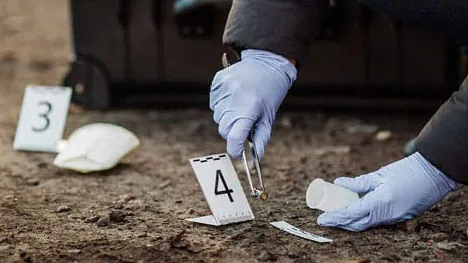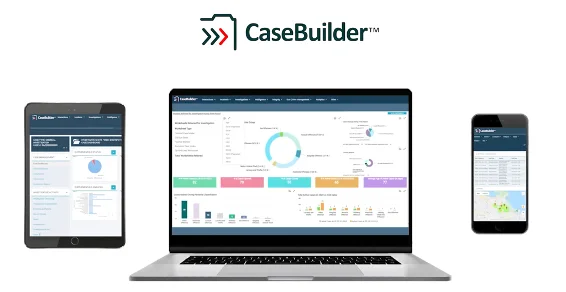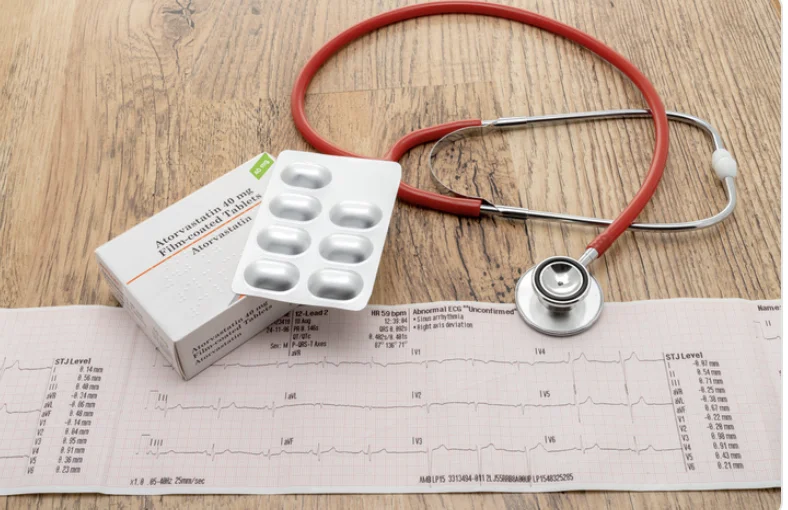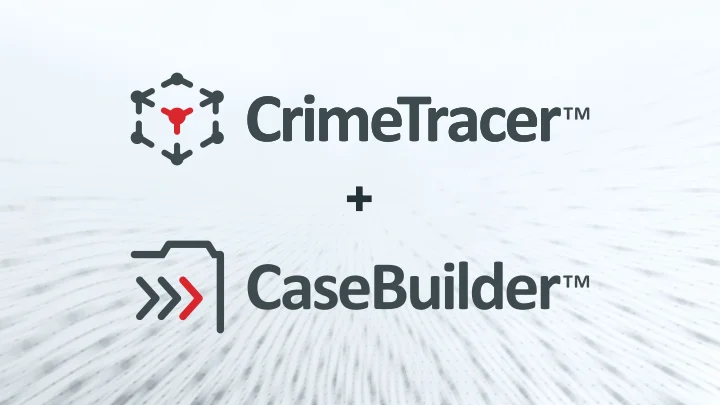In cities across the country where gun crime has risen exponentially since 2020, properly addressing this crisis means creating a comprehensive gun crime response strategy focused on reducing gunfire and utilizing the right tools.
ShotSpotter, SoundThinking™’s acoustic gunshot detection technology, for example, is a valuable tool that alerts police to incidents of gunfire, most in less than 60 seconds. As with most tools, adherence to best practices is crucial, and ShotSpotter is no different, says Dr. Dennis Mares, professor of criminal justice at Southern Illinois University and author of Gunshot Detection: Reducing Gunfire through Acoustic Technology. Highlighting the benefits of acoustic gunshot detection, Dr. Mares’ federally-funded report digs into independent research to identify best practices proven to achieve life-saving outcomes for any city dealing with gun violence.
Benefits of Acoustic Gunshot Detection

According to Dr. Mares, the potential benefits of acoustic gunshot detection, according to independent research include:
- Enhancement of response to incidents of gunfire
- Improved speed of response
- Improved spatial accuracy
- Improved evidence recovery
Research shows that only 10-20 percent of all gunshots are reported to 9-1-1. Gunshot detection fills that data gap by allowing police to understand in real-time where violence is occurring and improve response. Spatial accuracy is equally important. A 9-1-1 report of gunfire is usually because the caller heard a sound. Officers must then dedicate scarce resources to canvass neighborhoods to locate the incident. In contrast, a ShotSpotter alert comes through in less than 60 seconds and provides officers with precise coordinates. Seconds matter when it comes to response. In some cases, the difference may be life or death.
Importance of Employing Best Practices

Dr. Mares points to his independent research in articulating why best practices matter. In some cities, ShotSpotter has been shown to reduce gun violence, while in other cities, the evidence is inconclusive. What is the difference? Implementation and use between cities is key, i.e. how each and every agency uses ShotSpotter, a fact inspiring his best practice guidebook.
What are the best practices for using ShotSpotter? How can it be optimized for your city? Here are certain factors to consider:
Your system should be able to meet your needs and goals.
What areas in the city are most affected by gun crime? A city with neighborhoods afflicted by long-standing gun problems will have different needs than a city with just a few hotspots that change frequently. Communicate with prosecutors to better understand their needs and capabilities in prosecuting gun crimes. The right system should work hand-in-glove with their priorities and efforts.
Develop a well-thought-out policy.
A sound policy around gunshot detection should include everything from the priority level of alerts to procedures for responding to them and collecting evidence. Data and outcome tracking is also important, since key stakeholders, from community members to elected leaders, need to know how and why the system is beneficial to achieving public safety goals.
Determine coverage area.
Agencies must strive to compare the costs and benefits of their investments. In the beginning, consider covering only a portion of an area. This allows agencies the ability to directly compare against problem areas without coverage, adjust policies and potentially justify expansion.
Engage the community.
Start talking to community stakeholders. Go to community meetings and explain what gunshot detection is and dispel myths surrounding it. Be transparent. For example, some cities share alert data online so community members can see what’s happening in their neighborhoods.
Establish how you will track results.
It’s important to decide what your key outcome metrics will be. Is it to reduce gun violence, or is it to increase evidence collected, such as bullet casings and gun recoveries? Saving lives? Whatever your goals, be sure to track results because they will tell you whether the system is working for you.
Best Practices for Response

Prioritize shots fired.
A high-priority response with at least two officers is best, but if it’s not feasible, consider prioritizing shots fired. More than half of the gunfire alerts consisting of more than seven rounds fired are statistically more likely to be violent incidents. Fewer rounds, less so. Also, be sure to respond to the dot on the map, not the address, as all areas do not have a specific address (e.g. sections of a public park).
Review sound files.
When possible, review sound files that come with every alert, you can often discern how many guns were used and in some cases, if automatic weapons were involved. Increased situational awareness is key to getting control over volatile situations and safeguarding officer safety.
Gather evidence.
Thoroughly look for evidence according to the parameters around the margin of error set forth by the vendor (e.g., several feet in all feet in all directions from the pinpointed location of the shooting). In the case of nighttime incidents where no evidence can be located, follow-up may be necessary in the light of day to properly conduct a search. In all cases, ballistics collection should be expected to increase. And finally, take advantage of faster response times by equipping officers with quick cloth, tourniquets, and other life-saving supplies.
Best Practices for Investigations

Collecting data.
When you have a gunshot detection system, alerts aren’t the only data collected by the system. Investigators should consider looking before the incident occurred to several weeks—even several months prior—to see if there’s ongoing gunfire in that location, which can indicate retaliation.
Integration of other technology and types of evidence.
Gunshot detection technology can be combined with surveillance cameras, license plate readers (LPRs). Where possible, integrate gunshot detection into a Real-Time Crime Center. Also, processing ballistics through a Crime Gun Intelligence Center (CGIC) can also help piece together seemingly disparate evidence and generate useful leads.
Be Evidence-Based and Assess Cost-Benefits

Gunshot detection technology is an investment. Costs extend beyond the actual service and require personnel to respond to alerts, capacity for processing evidence, and data collection and analysis. In order to justify these costs, identifying key outputs are essential:
- Quality of life improvements
- Reduced fatalities generated by prevention/faster emergency response
- Reduced gun violence
In each case, the ability to access and interpret the data is key. It is particularly true for investigators as they try to piece together crime scenes, gather leads, and assemble evidence. And it’s vital for agencies in identifying how gunshot detection is helping them meet their goals.



